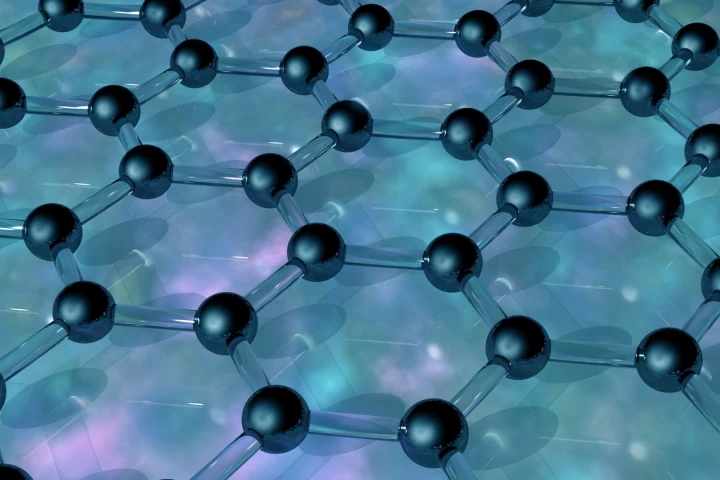University of Central Florida
-
A team of researchers at the University of Central Florida have developed a prototype steam-powered space probe using water as a propellant. The World Is Not Enough spacecraft can operate indefinitely by topping off on ice gathered while visiting asteroids and other bodies to fuel future travels.
-
In 1974, astronomers used the Arecibo Observatory to beam a message from humanity to the stars, in one of the most well-known attempts to contact possible alien life. For the 44th anniversary of the Arecibo Message, scientists are reaching out to the public for help in designing an updated version.
-
Ancient civilizations could have benefited, and at times suffered from belonging to an interconnected global economy, according to evidence presented in a newly-published study.
-
Pluto was demoted from planet status to dwarf planet in 2006. But a new study suggests it should be resurrected as a planet, since the definition the object failed to meet was not based on precedents set in scientific literature.
-
The theory of relativity predicts that any two objects in a vacuum will fall at the same rate. Whether or not this applied to massive objects like planets and stars has long been debated, but now astronomers have shown that the phenomenon does hold true, meaning Einstein was right yet again.
-
The 2D wonder material, graphene, has a long list of superpowers, but one thing it hasn’t been great at is absorbing light. Now, a study from the University of Central Florida (UCF) has found a way to boost graphene’s light absorption, allowing it to make better use of that energy.
-
If you’ve ever used your phone in sunlight only to see a reflection of your own face, moths might have your back. Inspired by the natural nanostructures that keep the insect’s eyes from being shiny, a team from the University of Central Florida has developed an antireflective film for phone screens.
-
Scientists at the University of Central Florida have developed a way to effectively shrink pixels down to a third of their size, using different voltages to tune the color of individual subpixels to red, green or blue. The result could be screens with much higher resolution and improved brightness.
-
Dcientists at the University of Central Florida have come up with synthetic material that draws on visible light from the sun to produce solar fuels, sucking harmful CO2 out of the air in the process.
-
Building habitats, tools and parts out of local resources would be ideal for the first human colonists of Mars. So researchers from NASA and UCF are investigating how metals could be extracted from the Martian soil, refined, and used as “ink” to 3D print vital components.
-
To counter blood clots, surgeons administer blood thinning drugs throughout a procedure, but knowing when to do so is difficult. By shining light through the patient’s blood, researchers have developed a new system that gives surgeons real-time feedback and alerts them at the first sign of a clot.
-
Researchers at the University of Central Florida have created a supercapcitor that can not only be fully-charged in mere seconds, but can go on to be recharged more than 30,000 times without affecting performance or capacity.
Load More










